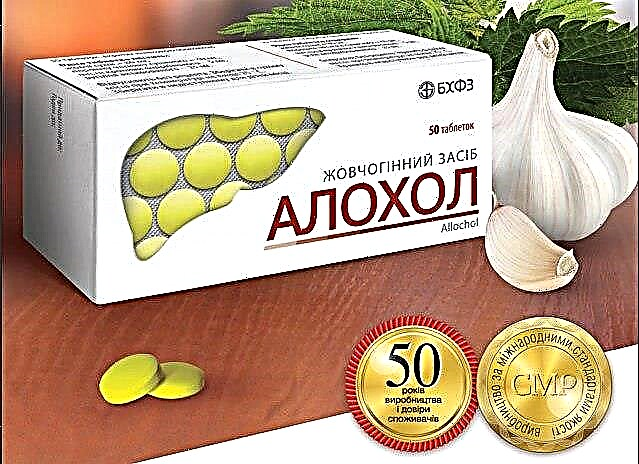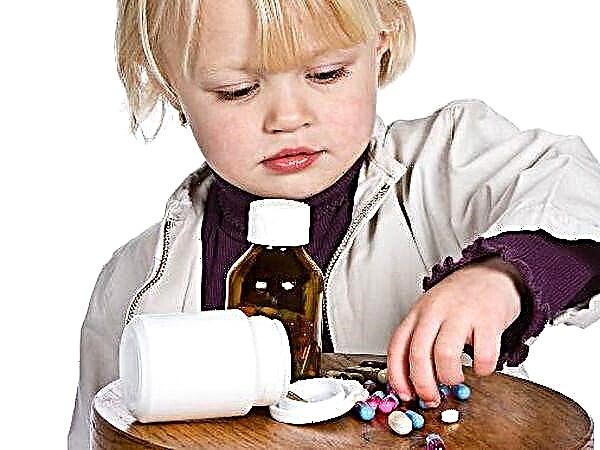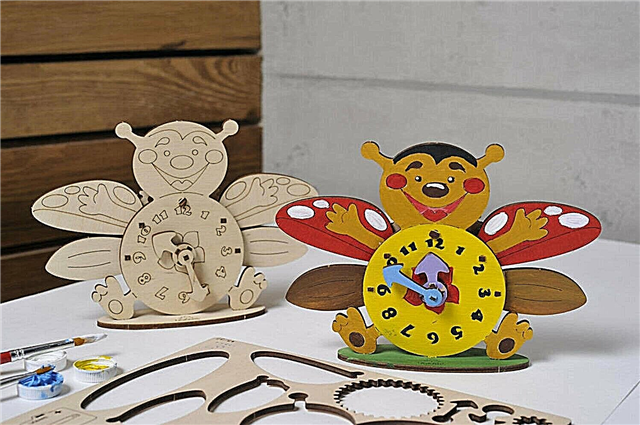
Everyone, both healthy and sick, takes urine for analysis. According to its composition, the doctor will try to draw conclusions about the condition of the child. Parents have no questions about the referral for urine analysis.

Questions arise when it is necessary to collect material for research, and also later, when a piece of paper with a mass of incomprehensible symbols, letters and numbers is on hand. Dr. Komarovsky tells what analysis is considered normal, and what deviations from the norms can mean.
How do I collect the analysis?
The composition of the urine depends on whether the material for laboratory research is collected correctly. Komarovsky advises against using empty jars for collection, which used to be containers for food or medicine.


You should use special jars, plastic or glass, which are sold in any pharmacy. The bottom of the container should be flat, the lid should be tight. At the time of urine collection, check that the jar is dry and clean so that there are no residues of detergents on it.

The child should be thoroughly washed with soapy water before collecting urine. The entire morning urine should be collected. You need to bring the jar to the laboratory no later than an hour and a half after collection.
Analysis decoding
The result form received on hand, if it is drawn up in accordance with all the rules for conducting a clinical analysis, will contain a lot of important and not very important information.


During the study, the laboratory assistant will assess:
- urine color and clarity;
- smell;
- density;
- chemical reaction in relation to pH;
- presence or absence of protein;
- glucose level;
- ketone bodies (acetone in urine);
- the presence or absence of bile pigments;
- composition of urinary sediment (erythrocytes, leukocytes, casts, epithelial cells, salts).

Colour
It depends on what the child ate, drank, or took medication. Some antibiotics turn urine red, and fresh carrots eaten the day before turn orange. But the color sometimes speaks of a possible illness. So, in children with diabetes, urine is almost transparent, colorless, and in a child with jaundice, it is deep yellow. But no one will make diagnoses on the basis of color alone.

Transparency
Normal urine is clear. It begins to grow cloudy after a while, as a precipitate forms, sometimes in the form of flakes. If the freshly collected urine is cloudy, it "signals" the presence of leukocytes in it, a large amount of salts. In any case, it is necessary to understand further, it is too early to draw conclusions.
Urine smell
This indicator is not of particular clinical value, and therefore it is often not included in the research form at all. But parents should be aware that urine that smells like fruit (vitamins) often appears after taking vitamins, as well as in diabetes.
If the liquid smells strongly of ammonia, it could be a sign of metabolic disorder.
Density
This indicator is presented in a numerical value, which will symbolize the relative density - the concentration of all other substances in the liquid. Normally, a child up to six months should have values of 1.002-1.004. Child under 1 year old - 1.006-1.010. In the urine of a child from 3 to 5 years old, a density of 1.010-1.020 is considered normal. At the age of 7, the norm will slightly expand - 1.008 - 1.022, and for a child in adolescence - 1.011 - 1.025.

Deviations from normal numbers may indicate impaired renal function. Often, parents in the research form in the "Density" section see something completely indistinct - "m. m "or" small. m "," little m ". This means that the presented sample was insufficient in volume to determine the density, since at least 50 ml of liquid must be poured into a special device.
PH
Normal urine of a perfectly healthy child gives a slightly acidic reaction. Any deviations in this parameter are alarming for the doctor. If the urine gives a more pronounced or high acid reaction, this may be a consequence of eating a large amount of protein, fasting, or a fever. If urine gives an alkaline reaction, it is often a completely natural consequence of a meat-free diet, recent severe repeated vomiting, and chronic urinary tract diseases. Norm - pH = 5.0-7.0.

Protein presence
Normally, there should be no protein in the urine. More precisely, there is so little of it that the reagents are not able to catch traces of the protein. If this is the case, then the laboratory assistant puts “-” in the appropriate column of the form. If a protein is found, its amount is determined. The presence of protein is called proteinuria. A functional disorder (which does not require treatment) has completely harmless reasons - the child eats a lot of protein, he recently had or has a fever, he experienced stress.

Pathological proteinuria can indicate serious kidney disease, circulatory failure.
Glucose in urine
If everything is normal with the child, then there is no sugar in the urine. The exception is when the baby ate something sweet in large quantities before taking the test. In this column, the paper received from the laboratory will contain numbers. Normal values are from 8.8 mmol / liter to 9.9 mmol / liter. Your number in this range indicates that everything is in order. An increase in this threshold is usually observed in children with diabetes mellitus, and a decrease in children with an inflammatory process in the kidney tissues.

Ketone bodies
In a normal state, they are not. But if ketone bodies are found, and there is a "+" in the column, do not be afraid. This “find” is evidence that the metabolism of carbohydrates and fats is impaired, and this happens quite often in children. Due to some peculiarities of metabolism, ketonuria (the presence of ketone bodies) in children occurs with stress, fatigue, and at elevated temperatures.

If a child has recently vomited badly, if his diet lacks carbohydrates, if he is starving, then with a high degree of probability, parents will see a "+" in this section of the form.
Bile coloring pigments
If the saturated yellow or orange color of urine alerted the laboratory assistant, he will definitely study more carefully if there are any bile pigments in the liquid - bilirubin, urobilin, etc. If the eaten foods or yellow vitamins are to blame for everything, then the pigments will not be found. They appear in the urine only when a child develops hepatitis or jaundice.
Leukocytes
They are found in urine sediment after being passed through a centrifuge. In this case, the laboratory assistant will study the material obtained through a microscope. The round picture in front of his eyes is the very "field of view" that will be indicated on the form. If leukocytes are single, it will be written "2-6 in the field of view" (or 2-6 pzr). The range is indicated so that the picture is most complete - in one part of the field of view, two cells were counted, and in the other, by moving the microscope to the side, six.
If leukocytes in the urine of a child are greatly increased, the analysis often looks like this - "leukocytes in the entire field of view" or "½ pzr". This can mean both the presence of a serious inflammatory process in the body, and elementary mistakes when collecting urine (they forgot to wash the child).

Normal values of leukocytes in urine are 5–7 pzr (in boys), 7-10 pzr (in girls).
Erythrocytes
These blood cells, like hemoglobin, should not be in the urine, except in single quantities. If more blood is found, the laboratory assistant will not only put a "+", but also write how many erythrocytes in the field of view he counted, and what form they have - changed or not. An insignificant amount indicates that the urinary tract is "scratched" by salts when urine passes through them. If the test is positive, the doctor will call it "hematuria" and suspect the child has cystitis, nephritis, or urolithiasis.

If there are so many red blood cells that the urine has a pronounced red blood color, this often indicates kidney tumors, glomerulonephritis, hemorrhagic fever, and other very serious and unpleasant ailments. The norms of blood cells in the urine are single cells from 0 to 2 not in every field of view (in the form it looks like “unit 0-2 not in every field of vision).

Cylinders in urine
This is not a separate type of cells or salts, but an accumulation of various substances, including fat and renal epithelium in the kidney tubules. When such clusters come out, they are cylindrical. The laboratory assistant will count how many and what origin they are. Hyaline casts - from protein accumulation, leukocyte - leukocytes, granular - renal epithelium, and blood - erythrocytes.
Normally, their content is assessed as a single one, with a pathological increase, the doctor will suspect various renal ailments.

Salt
Their laboratory assistant will look in the urine sediment. In assays with acidic pH, urates are likely to be present. In urine, which gives an alkaline reaction, phosphates, and sometimes even amorphous phosphates, will certainly be found. Oxalates can be found both there and there, and this does not mean anything alarming. It's just that the child ate something sour, such as apples, grapes, oranges, or beets. But calcium oxalates in large quantities will lead the doctor to think about urolithiasis, to the fact that the child is likely to have "sand" in the kidneys or urinary tract.


Nitrite
Nitrite is found in sediment if the child has urinary or kidney inflammation caused by bacteria, E.coli and Klebsiella. Therefore, if the laboratory assistant writes that Escherichia is found in the urine, then the doctor will have the right to prescribe strong antibiotics.

Calcium
Analysis of urine according to Sulkovich allows you to determine the amount and quality of calcium in the child's urine. This parameter is not determined for everyone, but only if there is reason to believe that the child absorbs calcium poorly or is rapidly losing it.
Doctor Komarovsky also talks about urine analysis in the next video.



